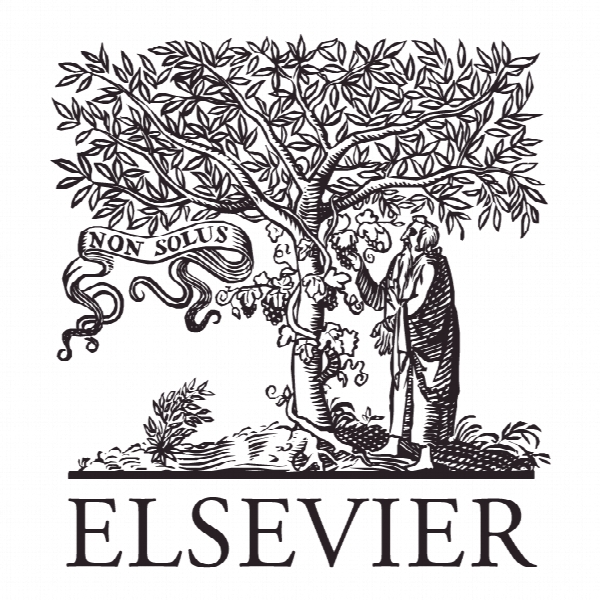مدل های تجاری و طراحی سازمان Business models and organization design
- نوع فایل : کتاب
- زبان : انگلیسی
- ناشر : Elsevier
- چاپ و سال / کشور: 2018
توضیحات
رشته های مرتبط مدیریت
گرایش های مرتبط مدیریت کسب و کار
مجله برنامه ریزی طولانی مدت – Long Range Planning
دانشگاه Department of Strategy and Entrepreneurship – BI Norwegian Business School – Norway
منتشر شده در نشریه الزویر
کلمات کلیدی مدل های کسب و کار، نوآوری مدل کسب و کار، پیکربندی ارزش، طراحی سازمان
گرایش های مرتبط مدیریت کسب و کار
مجله برنامه ریزی طولانی مدت – Long Range Planning
دانشگاه Department of Strategy and Entrepreneurship – BI Norwegian Business School – Norway
منتشر شده در نشریه الزویر
کلمات کلیدی مدل های کسب و کار، نوآوری مدل کسب و کار، پیکربندی ارزش، طراحی سازمان
Description
More than sixty years ago, Peter Drucker insightfully declared that “the purpose of a business is to create a customer” (Drucker, 1954: 31). In hindsight, Drucker seems to have understood what is meant by the term business model, and much of the jargon used today in describing business models merely reflects Drucker’s original ideas. For example, rather than saying the purpose of a business is to create a customer, we say that business models are “customer centric.” Drucker also asked, what will the customer buy? Now we say that a business model must contain a “value proposition.” Drucker said the business enterprise must organize its resources and capabilities in order to generate revenues and profits. This is now called “delivering value” to the customer. Had management and marketing researchers built on Drucker’s ideas about business enterprise from the beginning, the literature on business models would not be in its current state. A recent review of 681 peer-reviewed articles concluded that “… a basic clarification of the business model concept seems to be necessary” (Wirtz et al., 2016: 36). From a theoretical perspective, Wirtz et al.’s conclusion reflects our belief that the business model literature is in a rudimentary stage of development. In order for business model theory to progress, it needs to converge on the definition of basic constructs and then move systematically to the stages of explanation and prediction (Kerlinger and Lee, 1999). In this article, we offer ideas for researchers to consider when studying business models and for managers to harness the power of business model innovation in developing their organizations. In the first section on theoretical foundations, we describe two discourses that we perceive in the business model literature, operational and dynamic, and relate these to the broader literature on organizations. In the second section, we discuss the application of value configurations to business models. In the third section, we link business models to organizational design. In the final section, we derive implications for future research and management practice.


